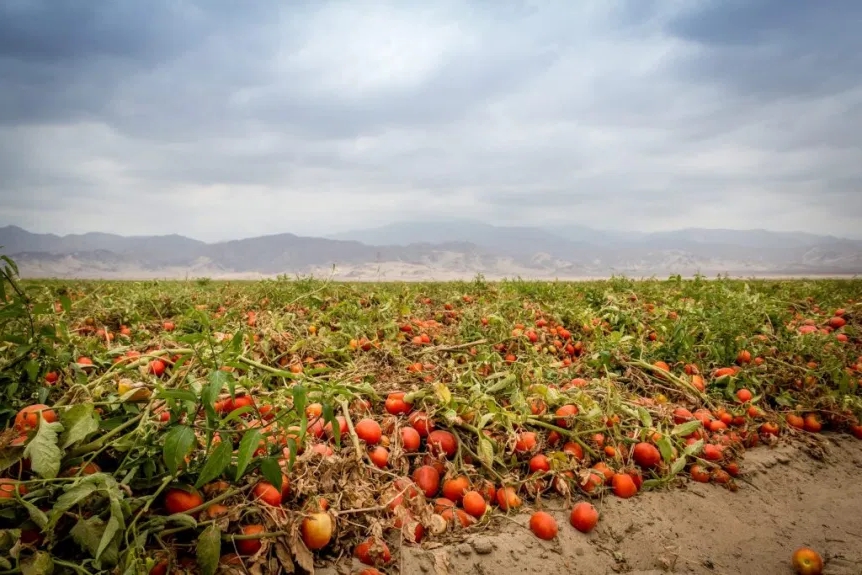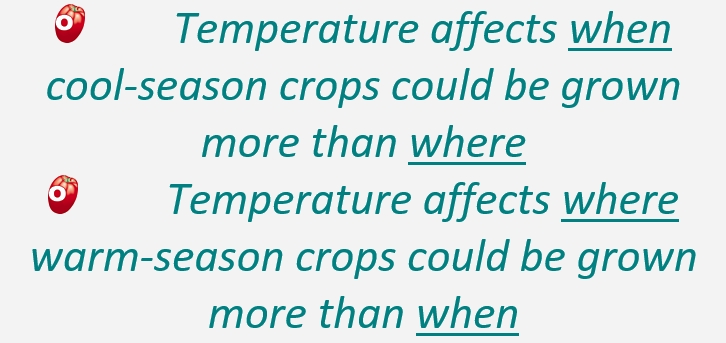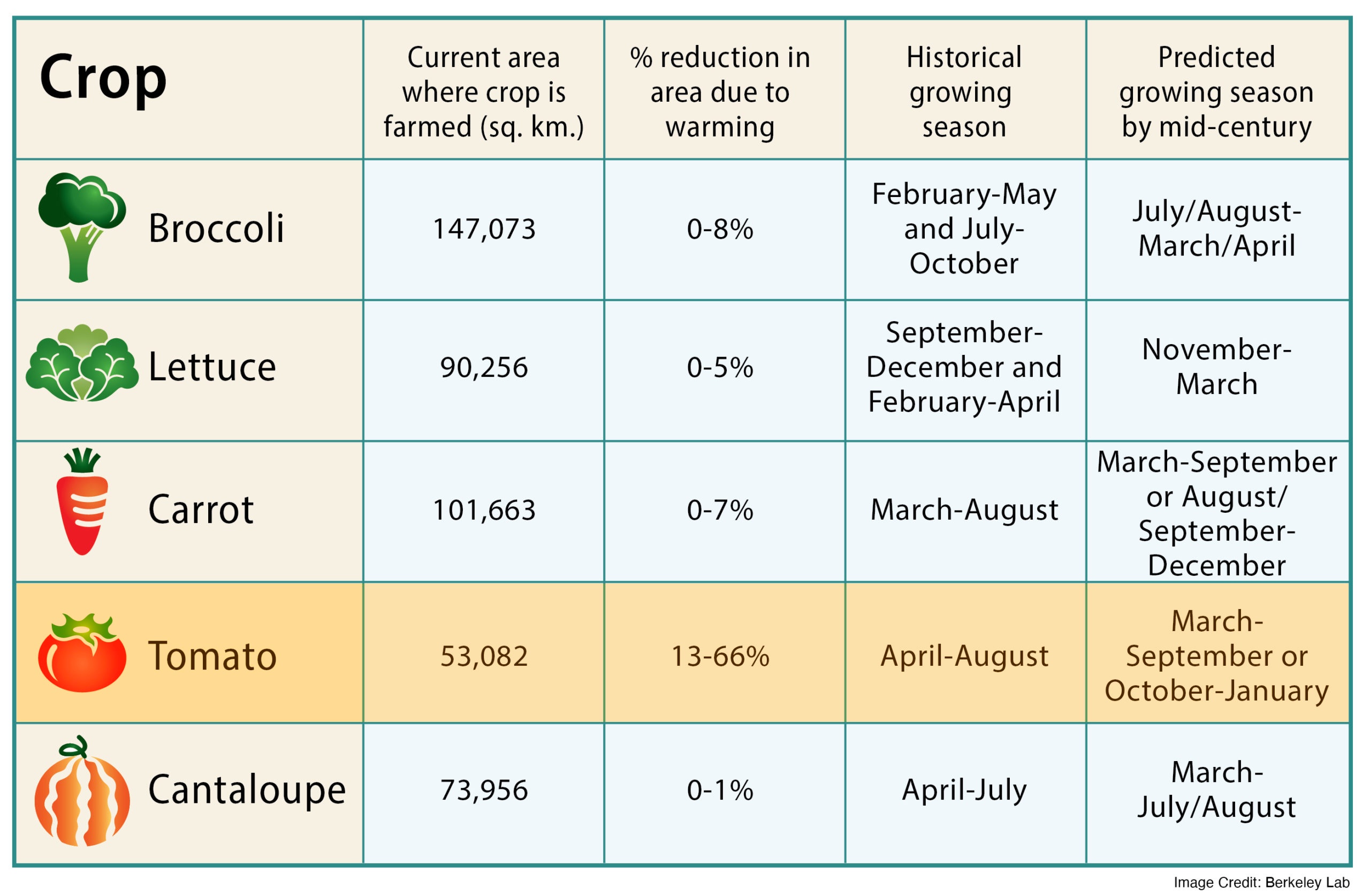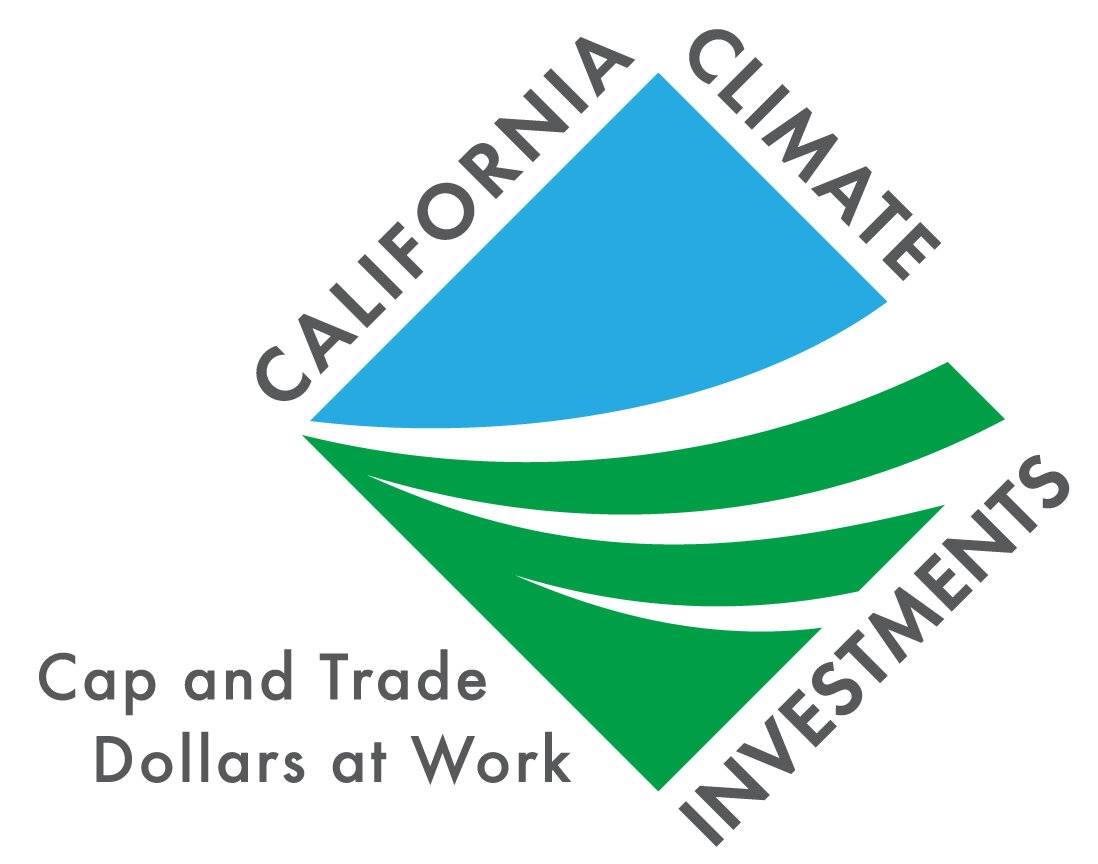Respect for your privacy is our priority
The cookie is a small information file stored in your browser each time you visit our web page.Cookies are useful because they record the history of your activity on our web page. Thus, when you return to the page, it identifies you and configures its content based on your browsing habits, your identity and your preferences.
You may accept cookies or refuse, block or delete cookies, at your convenience. To do this, you can choose from one of the options available on this window or even and if necessary, by configuring your browser.
If you refuse cookies, we can not guarantee the proper functioning of the various features of our web page.
For more information, please read the COOKIES INFORMATION section on our web page.


 Devastating fires are currently raging from the Canadian border all the way down to Mexico. The US Department has downscaled its production forecasts to take account of the reduction in operations imposed by the heat waves of last spring. And just about all over the planet, industrial operators are announcing a premature end to the harvest season. So it seems almost trivial to comment, once again, on the impact of the rise in average temperatures on agricultural production in general and on processing tomatoes in particular. However, in addition to California, it is also the situation of the Spanish, Greek and Italian tomato sectors, and potentially many others, that a new study addresses and puts into perspective. According to the conclusions of scientists, the expected changes could have consequences in terms of cultivation periods but also – and even more so – in terms of geographical areas suitable for growing crops.
Devastating fires are currently raging from the Canadian border all the way down to Mexico. The US Department has downscaled its production forecasts to take account of the reduction in operations imposed by the heat waves of last spring. And just about all over the planet, industrial operators are announcing a premature end to the harvest season. So it seems almost trivial to comment, once again, on the impact of the rise in average temperatures on agricultural production in general and on processing tomatoes in particular. However, in addition to California, it is also the situation of the Spanish, Greek and Italian tomato sectors, and potentially many others, that a new study addresses and puts into perspective. According to the conclusions of scientists, the expected changes could have consequences in terms of cultivation periods but also – and even more so – in terms of geographical areas suitable for growing crops. “We found differences in how warmer temperatures will affect the cool-season crops versus the warm-season crops,” Marklein said. “For cool-season crops like broccoli and lettuce, it may be possible to extend their growing seasons. But it may become too warm to grow warm-season tomatoes where they have been historically farmed in summer, and that may require moving them to milder climates warm enough for growing tomatoes under the new climate scenarios.”
“We found differences in how warmer temperatures will affect the cool-season crops versus the warm-season crops,” Marklein said. “For cool-season crops like broccoli and lettuce, it may be possible to extend their growing seasons. But it may become too warm to grow warm-season tomatoes where they have been historically farmed in summer, and that may require moving them to milder climates warm enough for growing tomatoes under the new climate scenarios.”
 One possibility for change, Newsom suggested, could involve cap-and-trade. The eight-year-old program relies on a market mechanism to put a price on a ton of carbon emissions. Big industrial companies are required to reduce their emissions below a certain threshold — the “cap” — which declines slightly each year. If they can’t find a way to reduce emissions, they have to buy credits, either from other companies — the “trade” — or at auctions run every three months by the California Air Resources Board.
One possibility for change, Newsom suggested, could involve cap-and-trade. The eight-year-old program relies on a market mechanism to put a price on a ton of carbon emissions. Big industrial companies are required to reduce their emissions below a certain threshold — the “cap” — which declines slightly each year. If they can’t find a way to reduce emissions, they have to buy credits, either from other companies — the “trade” — or at auctions run every three months by the California Air Resources Board.



























